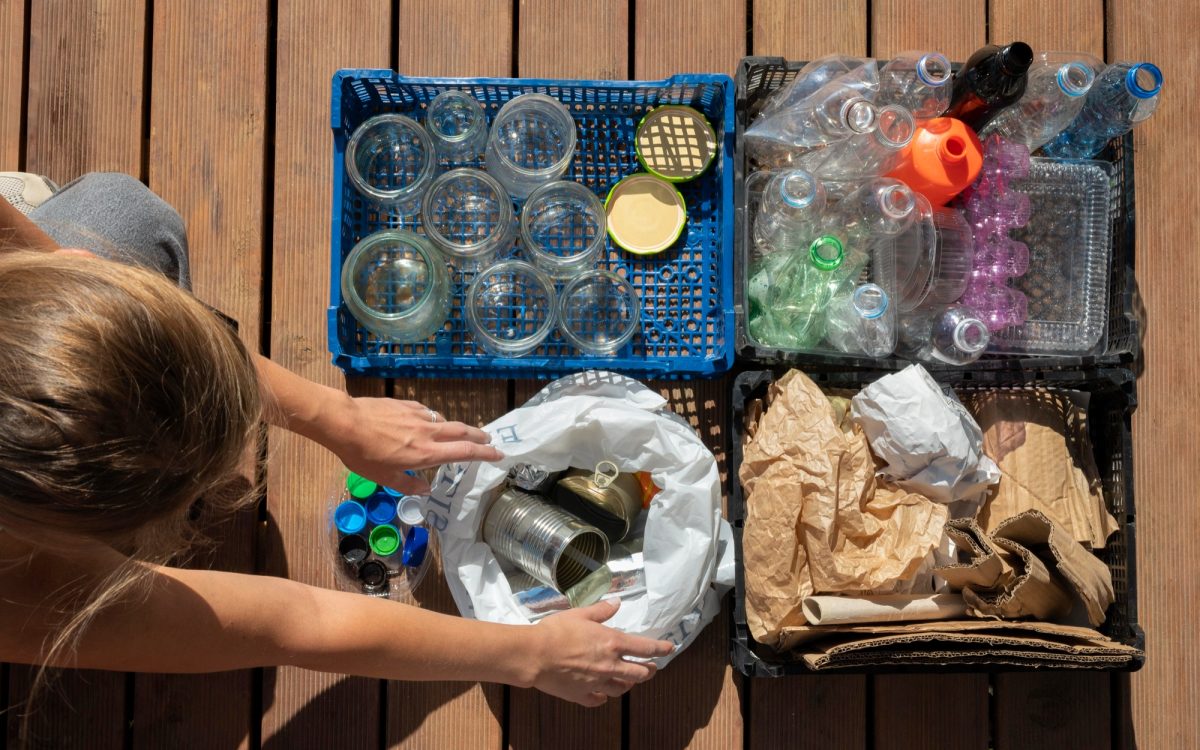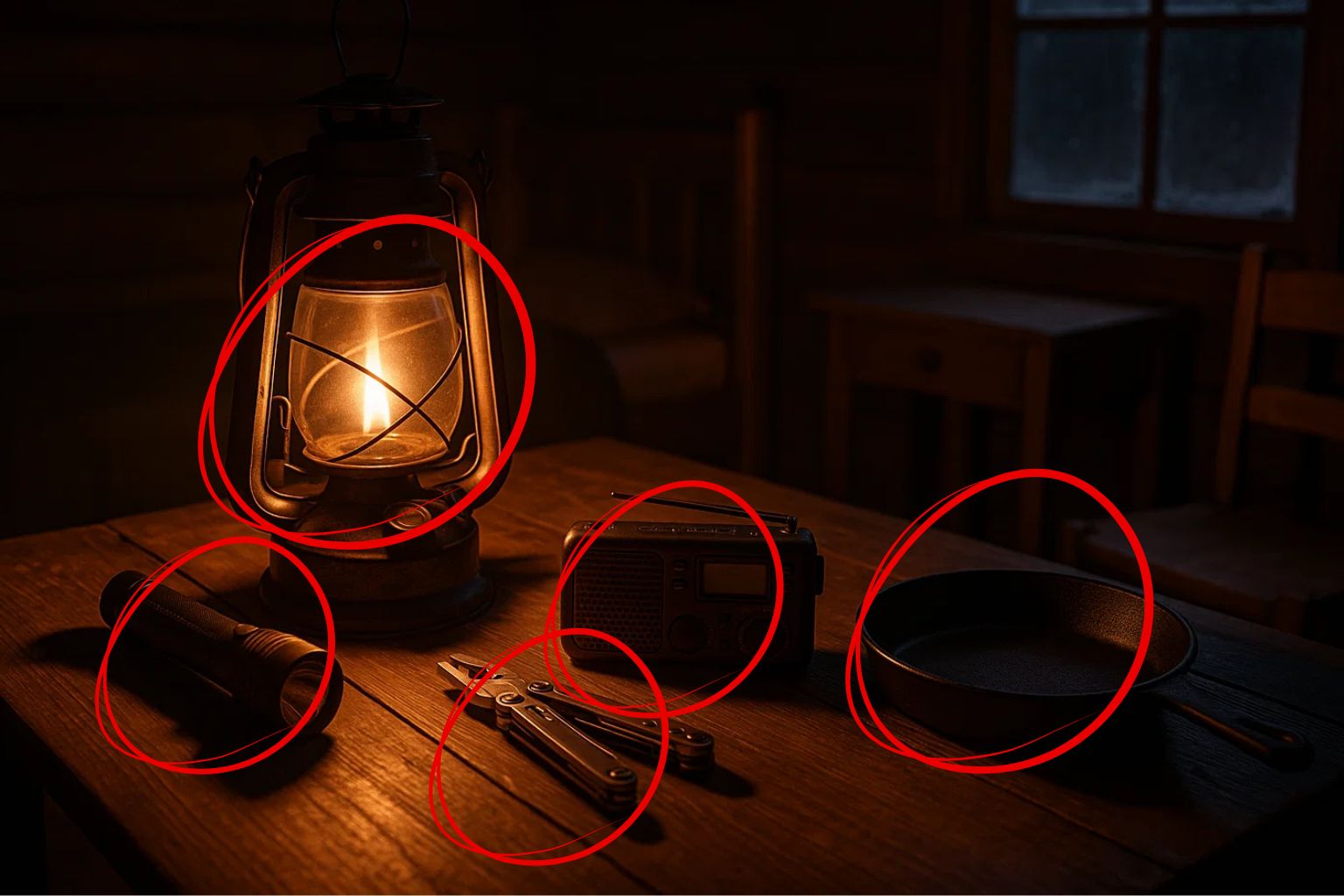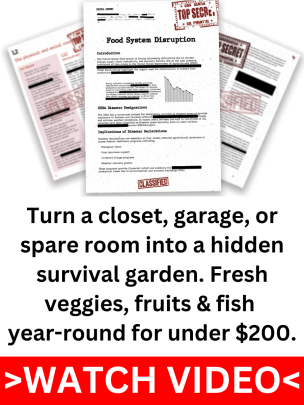Survival isn’t just about what you have in your bug-out bag or your pantry, it’s about how you can use what’s around you. Everyday waste, the stuff most people toss in the trash, could become a vital resource when you’re in a pinch. From turning plastic bottles into water filters to repurposing aluminum cans as cooking gear, the possibilities are endless. Recycling for survival isn’t just about being eco-friendly, it’s about being smart, prepared, and ready for whatever comes your way.
The reality is, that in a survival situation, resources are often limited. Even the most prepared individuals can run out of supplies if a crisis drags on longer than expected. This is where the ability to improvise with what’s available becomes crucial. What others might see as trash, a resourceful survivalist can see as an opportunity to innovate. From scraps of fabric to broken electronics, every item has the potential to serve a new purpose, provided you know how to think creatively.
Recycling isn’t just a matter of practicality, it’s a survival mindset. In emergencies, self-reliance often determines the outcome, and that means finding ways to use whatever is at hand. Whether you’re in the wilderness, an urban environment, or your backyard, recognizing the value of everyday waste can help you stay one step ahead. The skills you develop in repurposing discarded items could very well be the difference between thriving and struggling when the unexpected happens.
Plastic Bottles
Plastic bottles are one of the most widely available waste items in the world, and their versatility in a survival scenario cannot be overstated. The obvious use for a plastic bottle is as a water container. Whether you’re collecting rainwater, sourcing it from a stream, or purifying water for future use, a plastic bottle is lightweight, durable, and easy to transport. But that’s just the start of their usefulness.
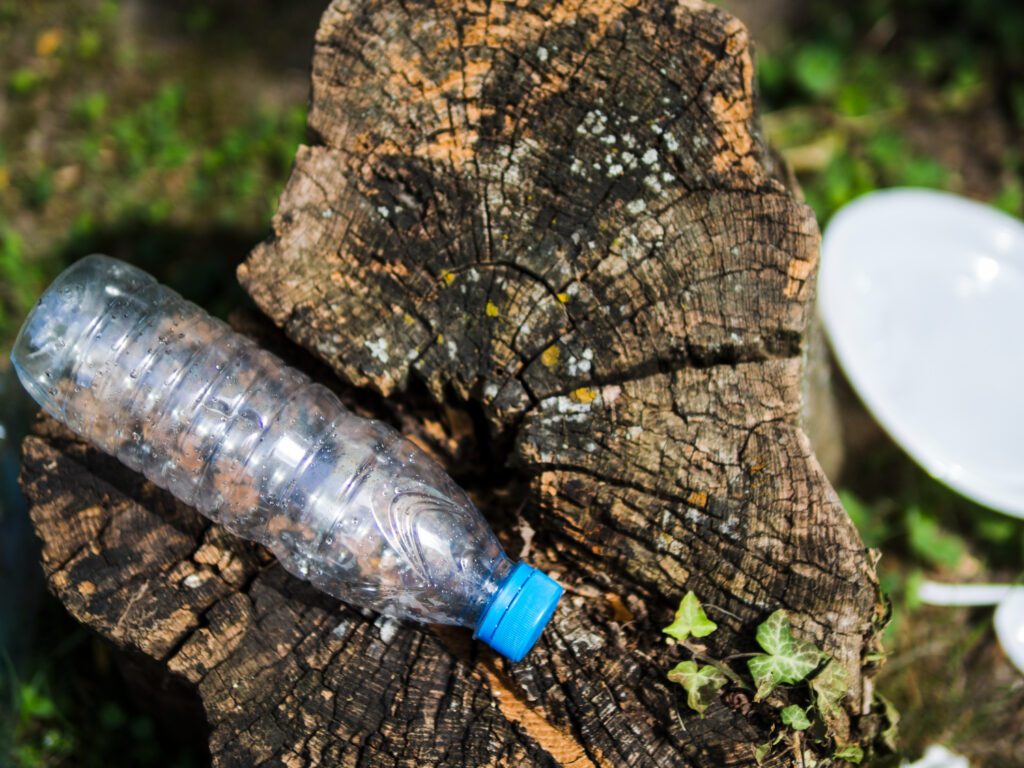
Imagine you find yourself in a situation where clean drinking water is hard to come by. A plastic bottle can be transformed into a basic water filtration device. By cutting the bottle in half and layering it with gravel, sand, and activated charcoal, you can create a simple filter that removes large debris and some impurities. While it doesn’t purify the water completely, this method can make it far safer to drink in a pinch.
Another incredible use is solar water disinfection or SODIS. This method involves filling a clear plastic bottle with water and leaving it in direct sunlight for several hours. The UV rays from the sun kill many bacteria and pathogens, making the water safer to drink. This is a proven, effective technique used in developing countries and off-grid communities worldwide.
Plastic bottles can also act as improvised lighting. By filling a clear bottle with water and adding a small amount of bleach to prevent algae growth, you can create a solar lamp. Place it on the roof of a shelter or tent, and it refracts sunlight, illuminating the area with natural light. This hack has been used in resource-poor areas to provide free, eco-friendly lighting during the day.
If food is scarce, a plastic bottle can even help you catch dinner. By cutting off the top and inverting it into the base, you can create a simple fish trap. Add some bait, set it in a stream or pond, and wait for fish to swim in. The design makes it difficult for them to escape. Plastic bottles can also be cut into strips and heated slightly to create strong cordage. This improvised rope can be used for tying down gear, constructing shelters, or setting traps.
Aluminum Cans
Don’t underestimate the potential of an aluminum can. Lightweight, sturdy, and incredibly versatile, these everyday items can be transformed into essential survival tools with minimal effort. One of the most popular uses is creating a DIY alcohol stove. By carefully cutting and shaping the can, you can build a compact, efficient stove capable of boiling water or cooking small meals. It’s easy to carry, doesn’t take up much space, and can run on a small amount of alcohol or fuel.
Learn how to organize and declutter your prepper stockpile
Aluminum cans also make excellent signal mirrors. The shiny surface can reflect sunlight, making it visible from miles away. In a rescue situation, this simple tool could mean distinguishing between being found and staying lost. But that’s not all, cans can also be repurposed into fishing lures. Their reflective material mimics the glimmer of baitfish, making them effective for catching predatory fish.
Another clever use for aluminum cans is as makeshift containers. Cut them carefully, and you can use them to store small items, such as matches or seeds. They can even be used as scoops for digging or transferring materials. If you need light, an empty can can also double as a wind-resistant candle holder, providing both illumination and a bit of warmth.
Fabric Scraps
Old clothes and fabric scraps might seem like garbage, but in a survival scenario, they can be lifesavers. Fabric is an excellent insulator, and layering scraps in a shelter or between clothing can help retain body heat in cold conditions. This can be a critical solution for staying warm during harsh weather or when resources are limited.
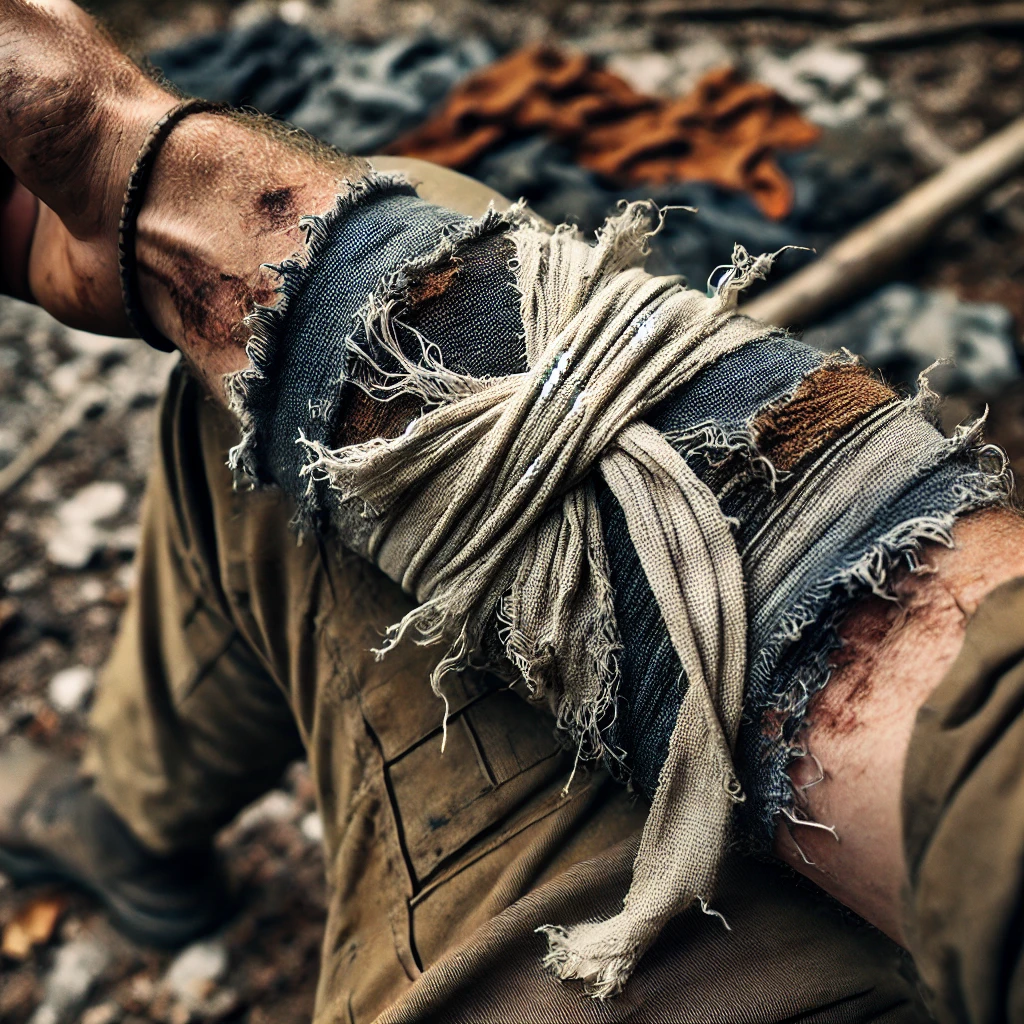
Fabric scraps are also invaluable for first aid. They can be torn into strips and used as bandages, slings, or even tourniquets in an emergency. While they may not be sterile like store-bought options, they’re far better than nothing and can provide critical support in a medical crisis.
Another creative use for fabric is crafting cordage. By twisting strips of fabric together tightly, you can create surprisingly strong ropes or ties. These can be used for securing shelters, tying gear together, or even constructing traps. Additionally, scraps can be used as patches for repairing torn clothing, bags, or even tarps, extending the life of your gear in the field.
Everyday Waste, Extraordinary Tools
It’s not just plastic bottles, aluminum cans, and fabric scraps that have survival potential. Take glass jars, for instance. They’re perfect for storing preserved foods, carrying liquids, or even acting as makeshift lanterns when paired with a bit of oil and a wick. Their durability makes them ideal for long-term storage or as an improvised water collection tool.
Paper and cardboard might seem useless at first glance, but they’re incredibly versatile. Cardboard can be layered for insulation or used as a base layer in a makeshift bed to keep you off the cold ground. Paper, on the other hand, is excellent for starting fires. Even small scraps can ignite quickly, helping you get a fire going when dry tinder is hard to come by.
Rubber tires are another underappreciated resource. They can be cut into durable, long-lasting sandals or used as barriers around a campsite. The rubber’s toughness makes it a valuable material for constructing shelter walls or even reinforcing gear. And let’s not forget old electronics, wires, batteries, and other components can be salvaged for emergency repairs or to create a basic power source.
Improvised Tools from Nature and Trash
In a survival situation, combining natural resources with everyday waste can yield highly effective tools and solutions. Many items we throw away daily can be paired with natural materials to create equipment that aids survival. For example, pairing sharp metal scraps with wooden sticks can produce functional knives or spear tips. When food or shelter are priorities, these improvised tools can become invaluable.
Old batteries, often dismissed as useless, can still hold a slight charge that could ignite steel wool. Combining discarded batteries with natural tinder allows you to create fire-starting kits that are portable and highly efficient.
Recycling for survival is more than just a skill, it’s a mindset. By learning to see waste as an opportunity rather than a burden, you can become more self-reliant and better prepared for emergencies.

